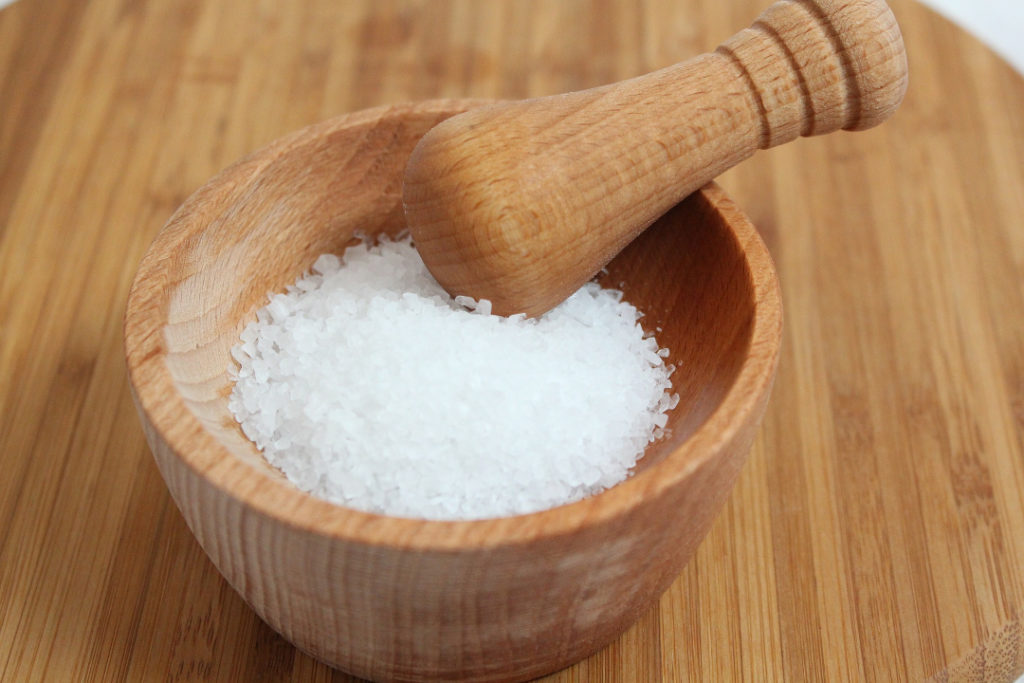
Contents
What is salt?
It is a crystalline compound sodium chloride (NaCl) that consists of sodium chloride, is abundant in nature, and is used especially to season or preserve food or in industry. It is also known as common salt.
Salt and sodium
Sodium is a component of salt but they are not the same. Salt contains 40% sodium and 60% chloride. Our body cannot produce sodium on its own so we need to get it from our foods and drinks, but the truth is we don’t need very much of it each day. Sometimes food labels mentions only quantity of sodium in place of salt. You can calculate amount of salt, which is 2.5 times sodium.Measurement of sodium and salt
- 1/4 teaspoon salt = 575 mg sodium
- 1/2 teaspoon salt = 1,150 mg sodium
- 3/4 teaspoon salt = 1,725 mg sodium
- 1 teaspoon salt = 2,300 mg sodium
What sodium does to our body?
Sodium is essential to our body to function properly, it along with other electrolyte minerals like potassium, magnesium and calcium help in maintaining fluid balance in our body. It supports transmission of nerve impulses that make our muscles contract and detract. But when sodium levels are too high in our body, kidney releases more water, which increases blood volume. With more blood flowing through the body, pressure increases. Over time, a sustained pressure increase causes the heart to work harder to pump blood and threatens the stability of blood vessels, which raises the risk of heart disease and stroke.Recommended Dietary Allowance of sodium
The most common cause of sodium deficit is acute diarrhea. The other disease, where it has a vital role to play, is hypertension. The minimum requirement for a healthy person is 500 mg of sodium for adults and for infants and children, 58mg/day. The maximum daily intake of sodium chloride should not exceed 5 g per day.| Group | Sodium mg/day | Pottasium mg/day | |
|---|---|---|---|
| Adults | Men | 2092 | 3750 |
| Women | 1902 | 3225 | |
| Infants | 0-6 months | 407 | 628 |
| Children | 1-3 yrs | 589 | 1100 |
| 4-6 yrs | 1005 | 1550 | |
Foods with more salt and sodium
- Processed cheese
- Salty snacks
- Condiments like ketchup, mayonnaise, tomato sauce etc.
- Soups
- Pickles
- Frozen meat
Visitor Rating: 3 Stars
Visitor Rating: 5 Stars